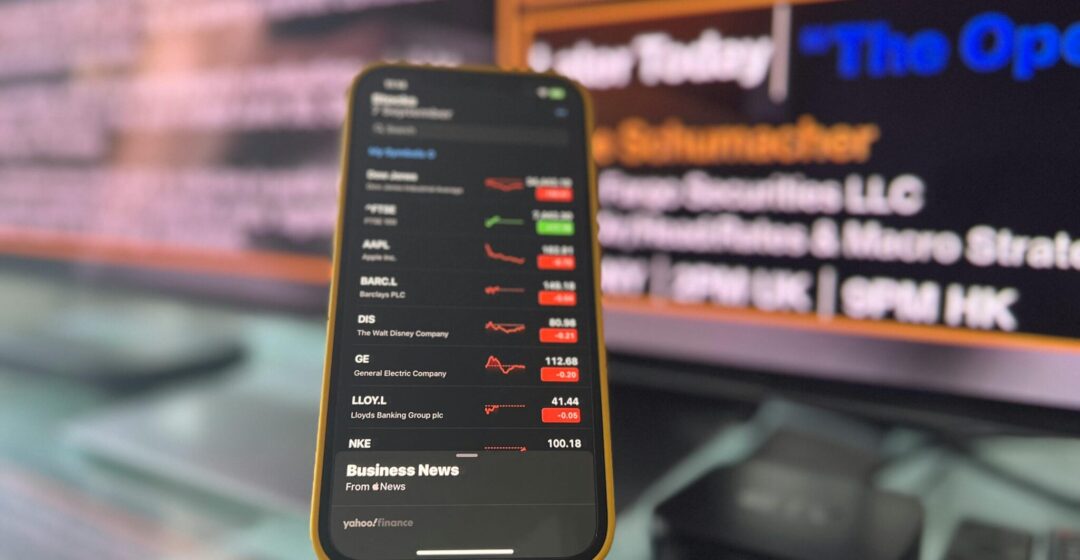Stock price volatility resembles the pulse of the market. Investors utilise it to assess risk and uncertainty. However, excessive fluctuations can pose challenges for all stakeholders. Understanding the factors behind price movements is essential to navigate the dynamic terrain of financial markets.
Feelings drive market volatility and stock price movements. Fear, greed and confidence all play a role. Imagine this scenario: You’re casually browsing your favourite social media platform, let’s say YouTube, and suddenly you come across a video discussing the latest trends in the stock market.
As you watch, this YouTuber is confidently predicting future stock price movements with strong data analysis and industry insights. You also notice that the video has received a lot of likes and comments, indicating a high level of support. Would you consider adjusting your investment strategy based on the YouTuber’s viewpoints? If your answer is yes, it suggests that media platforms are subtly influencing investor sentiment, potentially affecting market volatility and efficiency.
This is where my research comes into play. I’m now exploring the influence of these multi-channel financial media platforms on investor sentiment and market anomalies in stock markets, with evidence in China. By studying the dynamics of herd behaviour and investor sentiment when they are trading, I’m peeling back the layers to understand how social media is reshaping stock market volatility. But why China, you may ask? Well, it’s not just any market – it’s a buzzing hive of individual investors and speculative vibes, making it the perfect place for my exploration.
My research covers several aspects.
First, I will examine the prevalence of market anomalies, focusing particularly on intraday return reversals. Intraday return reversals refer to a phenomenon observed in financial markets where the direction of stock prices changes within the same trading day. For example, suppose a stock price opens higher in the morning, indicating investor optimism. However, as the trading day progresses, sentiment shifts and the price begins to decline, reversing the earlier upward movement.
Secondly, my research will use a method that combines questionnaires with advanced text feature extraction techniques to study investor sentiment and better measure sentiment indicators in terms of duration and intensity.
Furthermore, my research extends beyond the Chinese market as I examine the consistency of factors driving these anomalies across various markets, including the United States and European markets. We aim to compare the research findings between emerging and developed financial markets to discern any differences.
Lastly, I will explore the potential benefits of integrating multi-channel investor sentiment indicators into stock selection strategies to improve the accuracy and returns of quantitative trading.
Hopefully, my research can clarify the intricate relationships between financial media, investor sentiment and market anomalies, thereby enriching our understanding of the global financial landscape.
Kanying Xu
Doctoral Researcher
School of Accounting and Finance
University of Vaasa





Wow! I genuinely got excited about this research!
This sounds like something where you can for sure create some interesting contribution!